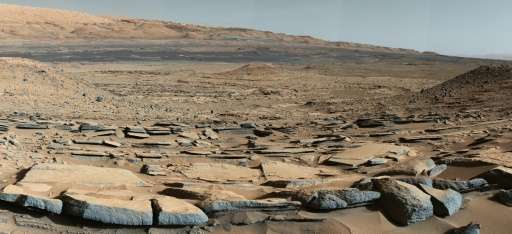China has unveiled plans for the space probe and rover it will send to Mars four years from now.

China’s space program has been progressing fast, with the government infusing billions of dollars in an attempt to catch up to the US. Just a few days ago, China announced the launch of its quantum satellite with which it essentially hopes to teleport information, after revealing plans to land on the dark side of the Moon. Now, they want to take it to the next level and send a rover to Mars.
Zhang Rongqiao, chief architect of the project, said Tuesday they were targeting July or August, emphasizing the difficulties of the project:
“The challenges we face are unprecedented,” a report quoted him as saying.
Rongqiao said that a Long March-5 carrier rocket will be dispatched from the Wenchang space launch center. After seven months, the probe will reach Mars and the lander will separate from the orbiter, touching down near the Martian equator, where the rover will start exploring the Red Planet.
The rover itself will weigh 200-kilogramme (441 pounds), with six wheels and four solar panels, carrying 13 sets of equipment including a remote sensing camera and a ground-penetrating radar to study the soil. Ground Penetrating Radar sends out high-frequency waves to the ground and records their reflections, gathering information about the subsurface and looking for traces of water and ice.
The US has landed two rovers on Mars and the former Soviet Union and the European Space Agency have also sent missions to the planet. While China’s program is taking huge strides forward, they are still only replicating innovations pioneered by the US and Russian/Soviet program decades ago. India has also done the same thing, sending a low-cost probe around Mars in 2014.






